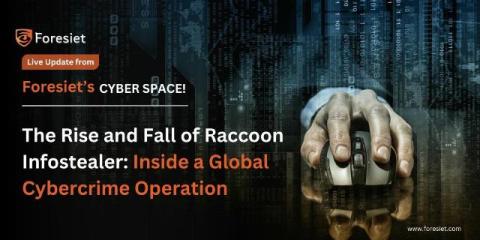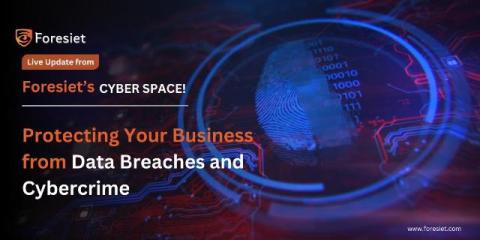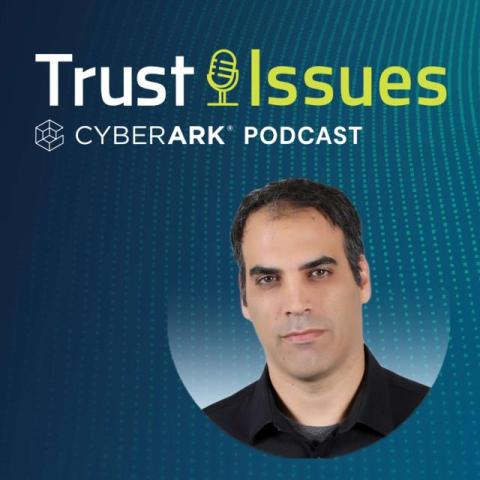Every transaction tells a story: Protecting HPE NonStop ecosystems against AI-driven cyber threats
In a world where digital transformation is accelerating, the stakes for safeguarding critical infrastructure, government systems, and financial services have never been higher. These sectors are increasingly targeted by sophisticated payment fraud schemes and AI-powered cyberattacks, leaving them under immense pressure to shield their customers from threats.











